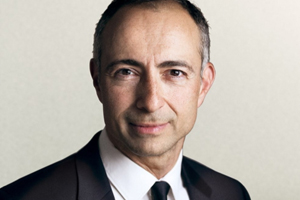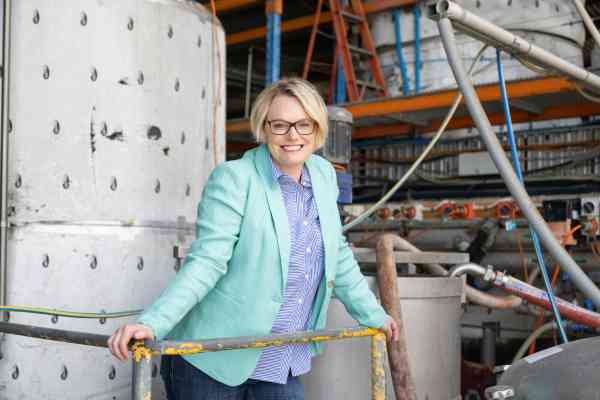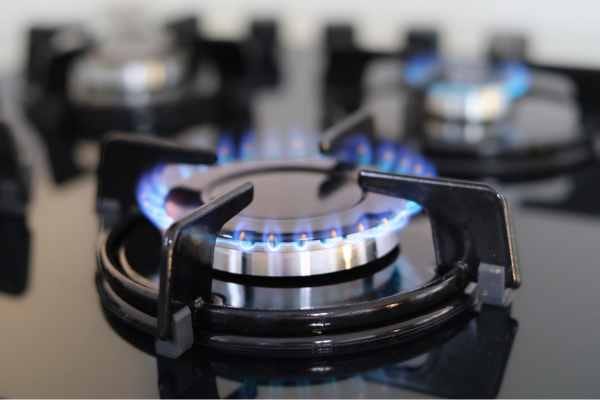Heat from the centre of the earth
European cities are digging deep into the Earth’s core to tap into geothermal heat.

European cities are digging deep into the Earth’s core to develop circular geothermal heating solutions.
A geothermal plant that will deliver heat to residents in the Danish city of Aarhus is expected to be operational within two years.
The plant, which is destined to be the largest of its type in the EU, will provide a circular source of constant energy for city residents using the heat from beneath the earth’s surface.
The project is being led by Innargi, a Danish startup specialising in geothermal-based heating solutions, and will serve as an alternative to non-renewable energy sources such as biomass, coal, and gas.
Geothermal energy comes from beneath the ground, tapping into a layer of warm salty water and is best suited to areas large enough to sustain district heating infrastructure for multiple buildings within a city or large community.
There, steam or hot water is typically produced and then transmitted through insulated underground thermal pipe networks to a building’s heating system, removing the need for individual boilers in each building.
Denmark’s second largest city, Aarhus, is the location of the 30-year geothermal project. Here, Innargi plans to develop seven plants covering up to 20 per cent of the city’s district heating demand, and other projects are also being researched.
In Iceland, geothermal energy already accounts for 66 per cent of its primary energy use, spanning geothermal district heating and electricity generation.
The Danish Parliament recently updated its regulations governing the pricing of geothermal energy, paving the way for large-scale geothermal heating projects like that in Aarhus.
According to Innargi it is estimated that geothermal energy could fulfil up to 30 per cent of Denmark’s district heating needs.
“It is critical to rethink our heating sources and bring geothermal into play when planning the future energy mix,” says Innargi CEO, Samir Abboud.
“We see a huge potential for geothermal based heating in many European cities that are struggling to phase out coal to meet the climate targets.
“We believe countries like Denmark, Germany and Poland offer the right subsurface conditions to significantly reduce the need for coal, gas and imported biomass.”
"It is critical to rethink our heating sources and bring geothermal into play when planning the future energy mix."

With the project in the appraisal phase, Innargi has entered an agreement with the city’s district heating utility Kredsløb to develop and operate the geothermal heating plant.
The Aarhus municipality has 180,000 households, and with 95 per cent of the households connected to the district heating system, their combined annual CO2 emissions are expected to fall by up to 165,000 tonnes.
The first exploration wells will be drilled in 2023 and in 2025, the plant will begin to supply the first geothermal district heating with completion expected in 2030.
According to the European Commission, The EU’s heating and cooling needs in 2020 accounted for half of its total gross final energy consumption, with the heating of buildings accounting for the largest share.
“Reaching the 45 per cent target for renewable energy in the EU by 2030 will require changes in all areas, including decarbonisation of heating,” says Asbjørn Haugstrup, Innargi’s chief of communication and public affairs.
“We provide an innovation that can help reach the target: sustainable geothermal heating as a service.”
Another company aiming to progress geothermal energy is Canada’s InnoviaGEO, with its focus on individual buildings.
The company has developed a solution called Geo-Piles, which was chosen as the Innovator Pitch Winner at the IoT PropTech Summit in 2020, and was also named a Deep Tech Pioneer by the Hello Tomorrow Challenge in 2022.
InnoviaGEO’s Geo-Piles technology aims to build heat exchange capacity directly into the existing steel piles used to anchor a building rather than drilling down hundreds of feet.
A Geo-Piles pilot site has been installed at a hydro utility building Ontario Canada where a retrofitted geo-pile array has been developed to provide heating and cooling. The company is also working with Ryerson University to test the technology and develop Geo-piles engineering models.
The tech
Geothermal energy originates from the earth’s core and is a renewable source of heat that can be tapped from warm water located in the subsurface. The temperature of the soil layer in the subsurface increases with depth as heat flows from the earth’s core towards the surface. Large-scale exploitation of geothermal energy is being explored in areas where subsurface geothermal reservoirs coexist with large contiguous district heating grids. In a Geothermal plant, water can be extracted below the surface via a production well and then at the surface, the water’s heat can be harvested via heat pumps and transferred to a district heating network. From there, the cooled geothermal water is pumped back to the subsurface via an injection well, providing a circular, sustainable alternative to biomass, coal and gas-fuelled heating.
Key players
Innargi is owned by AP Moller, ATP and NRGi. For the Aarhus project, Innargi has signed an agreement with the city’s district heating company, Kredsløb.
Is it ready to roll
Exploration wells will be drilled this year, the Aarhus plant will supply its first geothermal heating by 2025, with the plant due for completion in 2030.





